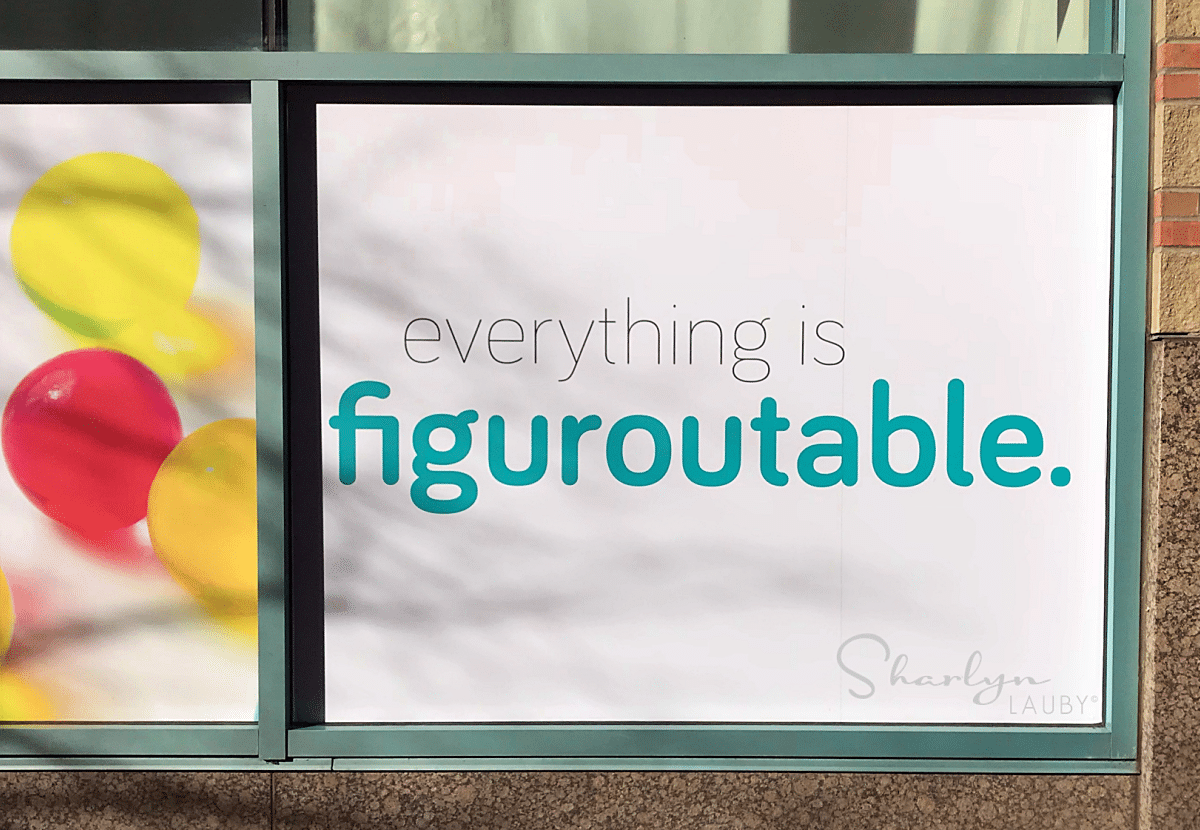Use Strategic Planning Techniques to Build Your Workforce Plan
With unemployment rates at historic lows, organizations have to not only think about filling open requisitions, they also have to develop a long-term approach to staffing. Frankly, if an organization waits until they have an opening before they start strategizing their sources, it will be too late. The recruiting team will always be taking a reactionary approach to staffing.
Workforce planning is about developing a proactive approach to talent acquisition.
I had the opportunity to participate in the Society for Human Resource Management (SHRM) seminar “Workforce Planning: The Future of Work”. I was really interested in taking this seminar because I think that workforce planning is going to be a key activity for organizations faced with recruiting challenges. I believe it’s also going to be absolutely necessary to shift recruiting efforts from reactive to proactive.
But before I talk a little about the workforce plan seminar content, I want to share with you a little personal takeaway that I learned while participating in this online seminar. I signed up for this seminar and blocked the time off on my calendar. I knew that my schedule was busy, but I figured it wouldn’t be a problem. Well, darn it all if life and work didn’t get in the way. Ha.Ha. Mr. Bartender and I moved from South Florida to North Florida. And then I had to shift a couple of project timelines. I’m sure you guys can relate.
The reason I’m bringing this up is because it would have been so easy to just blow off the whole seminar. You know how it goes. You miss a couple of sessions and you figure that you can’t possibly catch up. So just let it go.
Well, I didn’t just let it go. I listened to the entire workforce plan class after the fact. And while I don’t recommend that approach – there’s an advantage to participation – I don’t feel that I missed out on key content. Seriously! I was able to see the instructor, the chat stream, etc. just like I was there.
So, for those of you who are looking at your calendar and saying, “I can’t possibly sign up for this seminar because I’m going to miss a couple of sessions.” I’m here to tell you…sign up anyway! You will not miss out on major pieces of content. Let’s face it, if you’re looking for a perfect moment to attend training, it just might not happen.
Now, back to the conversation about workforce planning.
It was very interesting how the facilitator, Dr. Ed Sherbert, aligned the process of workforce planning to other processes we’re very familiar with. First, he talked about how the marketing department uses data to create a customer profile. That customer profile includes information like buying habits, disposable income, etc. Then, using the customer profile, the marketing and sales departments create a plan to attract (and retain) customers. The sales and marketing plan is rolled up into the company’s strategic plan.
A strategic plan involves four steps. Let’s do a quick recap:
- Formulation. During this step, the organization establishes its goals and objectives. They do this through the process of gathering data, often referred to as an environmental scan. Remember, the outcome of a strategic planning exercise is to answer the following questions:
- How does the organization compete?
- How does the organization create value?
- How does the organization allocate resources?
- How does the organization make decisions?
- Development. Once the strategy has been established, now the actual steps and activities are planned out. These steps are established based on the data from the environmental scan.
This is also where the workforce planning activity takes place. So, in addition to the discussion about the organization and operations, this step includes developing the talent strategy part of the strategic plan. And it answers the questions above as it relates to talent. How will the organization compete for talent? How will the organization add customer value with their talent? How will the organization allocate resources to get the best talent? And finally, how will the organization make decisions regarding talent?
- Implementation. Of course, this is the step when organizations turn planning into action. I don’t want to minimize this. The implementation phase is very, very difficult. It’s hard work.
- Evaluation. When it comes to strategic planning, I like to think of evaluation as a 2-step process. Evaluate the plan itself to make sure the assumptions and data used in the formulation step are still valid and relevant. Then evaluate that everyone who should weigh-in and buy-into the plan are given the ability to confirm their support. This is true for the workforce plan as well.
One of the reasons I like this approach to workforce planning is because it uses a process that we’re already familiar with. Of course, the seminar goes into a lot more detail, but you can see how workforce planning aligns with business strategy.
HR has the opportunity to help the organization achieve its business goals by developing and executing a relevant workforce plan. If you want to learn more about how to build a workforce plan for your organization, check out the SHRM seminar schedule for this program and others about talent acquisition.
Image captured by Sharlyn Lauby while exploring the streets of Boston, MA
13